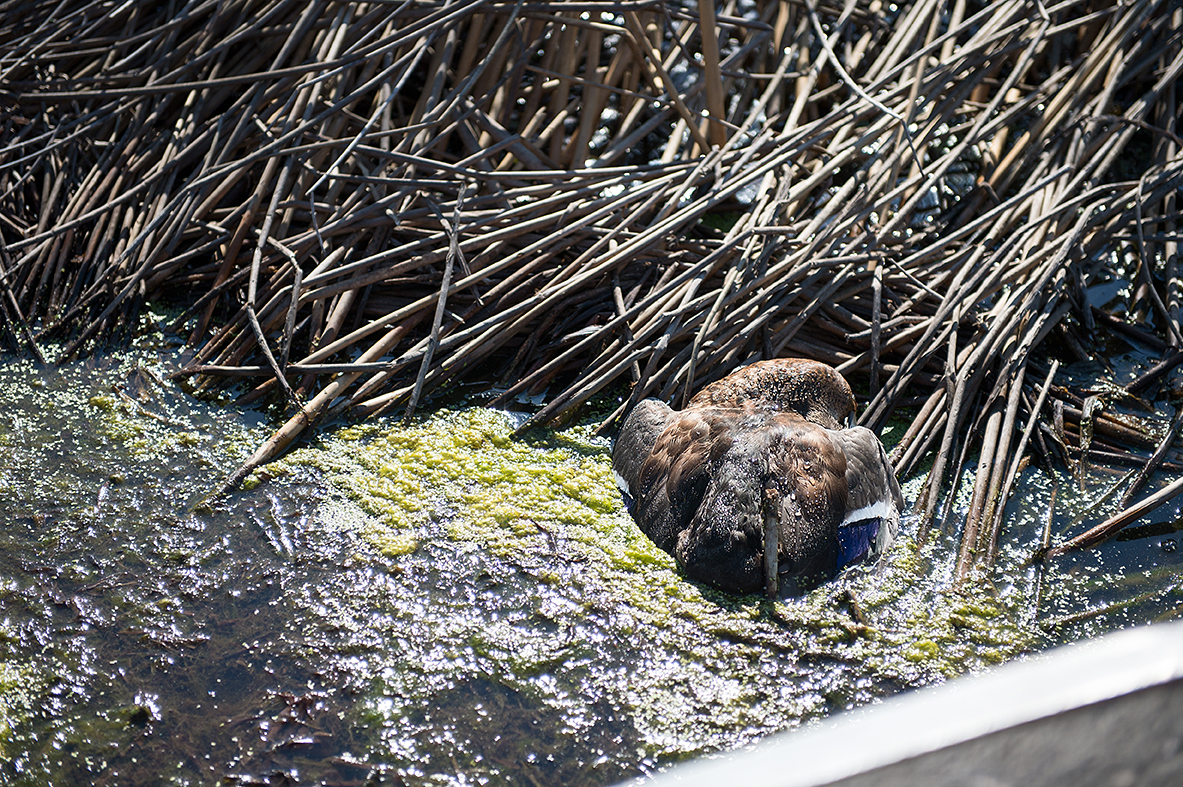
Aug 6, 2020
Botulism Outbreak at Klamath
According to USFWS staff, a current botulism outbreak at the Klamath Basin National Wildlife Refuge Complex is one of the worst outbreaks they have ever dealt with. At the onset of the outbreak, access had to be restricted to allow helicopters with drop buckets to safely access water to fight the Caldwell Fire, which was raging within and around the refuge. The delay, combined with hot temperatures and extremely low water elevations, allowed the outbreak to quickly grow. Much of the recent response has been focused on clearing old carcasses. Over the past five days, an estimated 2,000 birds have been removed. Molting male mallards make a large portion of the mortality and over 200 birds have been admitted to the rehabilitation hospital. USFWS is currently running crews of staff and volunteers seven days a week to remove carcasses in an attempt to slow the outbreak down. The rehabilitation hospital is up and running but they are quickly becoming overwhelmed. Due to COVID restrictions, only a limited number of people can access the hospital which is making outreach for volunteer support challenging.
Botulism occurs naturally in the soil of the Tule Lake and Lower Klamath national wildlife refuges, but outbreaks are exacerbated when water is in short supply and ducks are crowded into shrinking ponds. Because ducks go to Klamath to molt, a process that leaves them flightless for 30-60 days, the disease can do a lot of damage to vulnerable populations. This can reduce the number of birds we see this winter.
This year is especially bad because high temperatures brought botulism out earlier than usual. Also, drought has limited Lower Klamath's already paltry and diminishing water supply, and Tule Lake's Sump 1B was drained deliberately to discourage the growth of undesirable plants and encourage the growth of waterfowl food plants (which is needed). Click here to learn about what CWA is doing to fight for a more reliable water supply for Lower Klamath.


